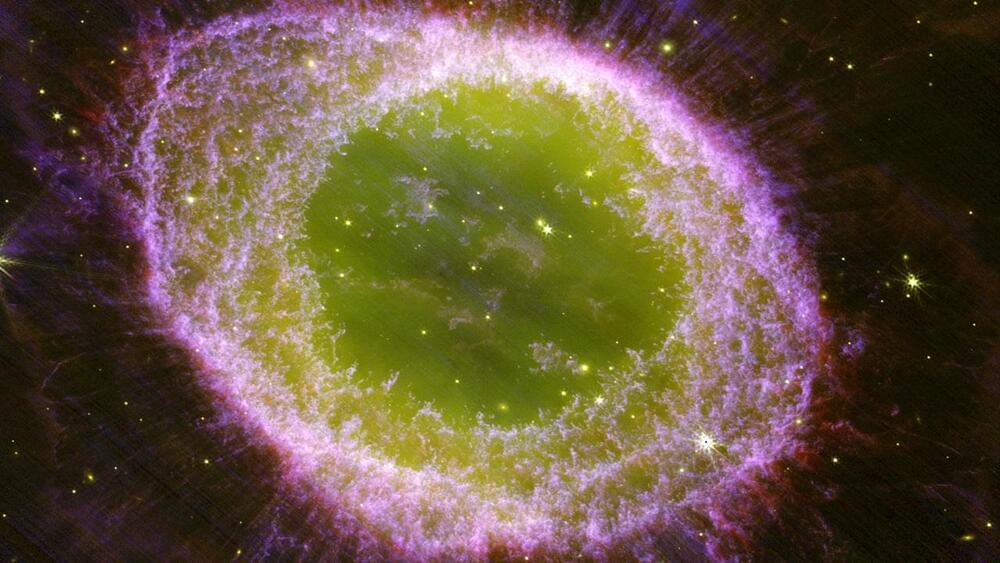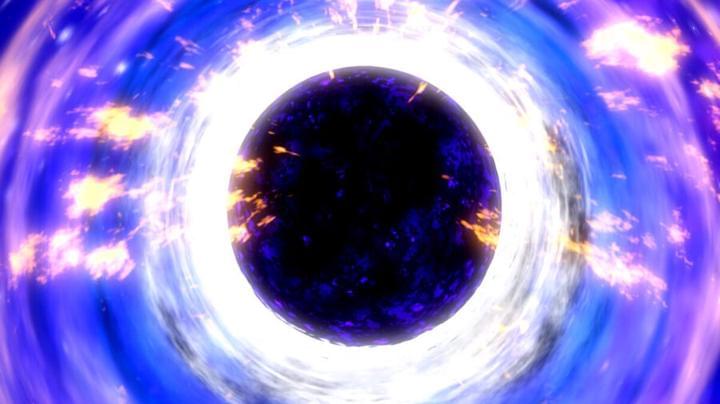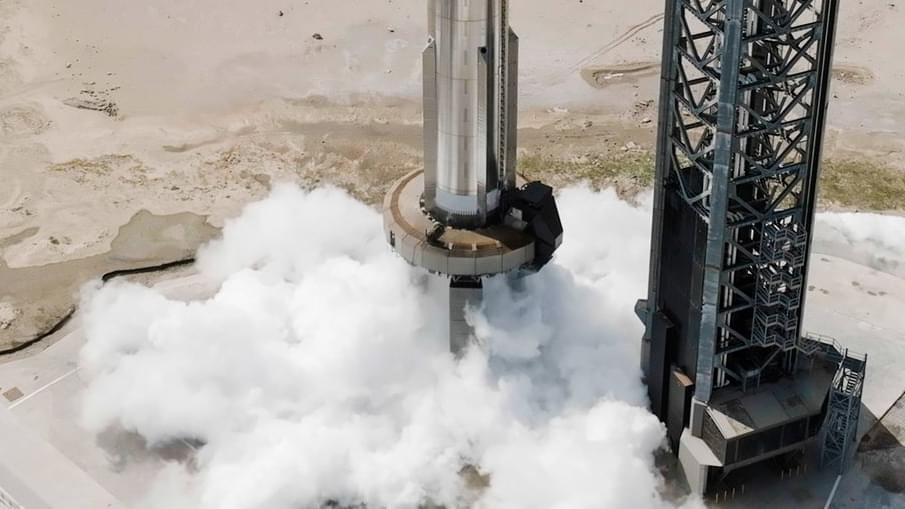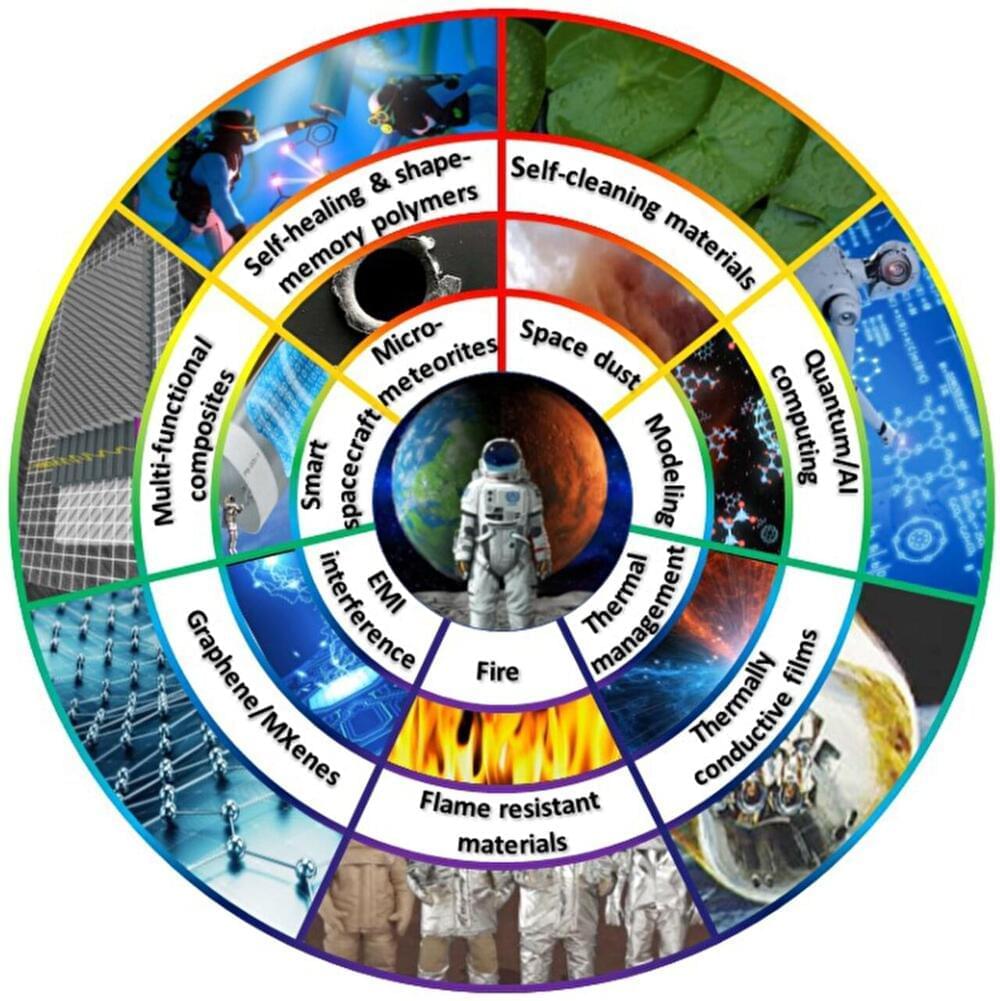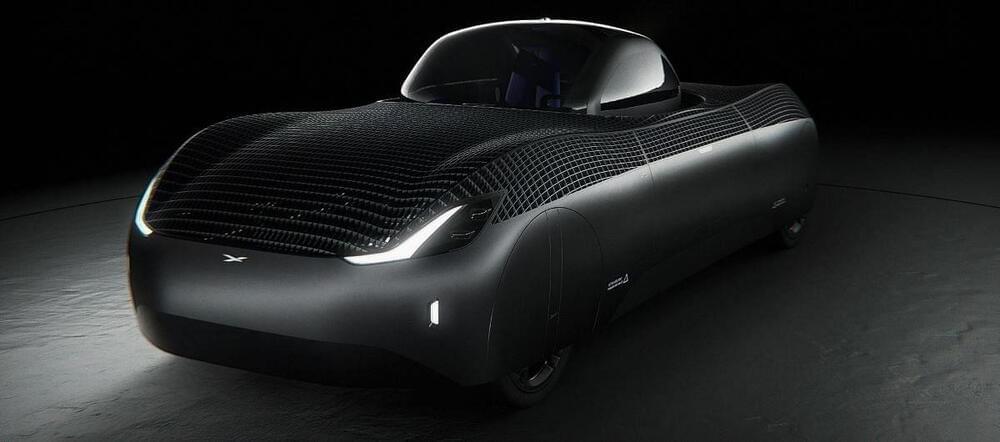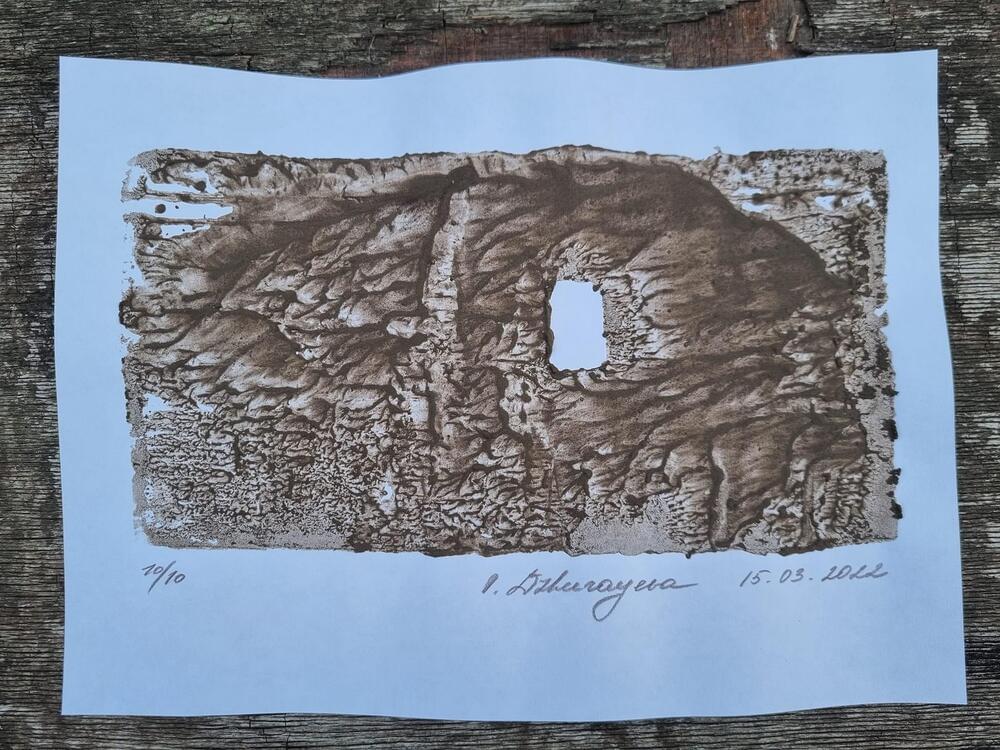The main ring is surrounded by a faint halo and with many delicate structures. The interior of the ring is filled with hot gas. The star which ejected all this material is visible at the very center. It is extremely hot, with a temperature in excess (NASA, ESA, CSA, JWST Ring Nebula Team photo; image processing by Roger Wesson)
The images were released Thursday by an international team of astronomers, including three from the Canadian Western University’s Institute for Earth and Space Exploration.
